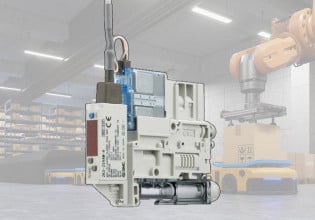I
Hello
What direction is the total thrust in a gas turbine?
What is the reason for that direction.
If the direction of the Thrust is towards the aft end than it should remain towards the forward end and should continuously be on the active side of the thrust bearing. Generally in gas turbines initially the thrust is towards the forward side but when the turbine becomes on Full load or FSNL the position of the shaft changes(mostly it remains in the centre). Can some one please explain the reason for this.
Thanks
What direction is the total thrust in a gas turbine?
What is the reason for that direction.
If the direction of the Thrust is towards the aft end than it should remain towards the forward end and should continuously be on the active side of the thrust bearing. Generally in gas turbines initially the thrust is towards the forward side but when the turbine becomes on Full load or FSNL the position of the shaft changes(mostly it remains in the centre). Can some one please explain the reason for this.
Thanks






